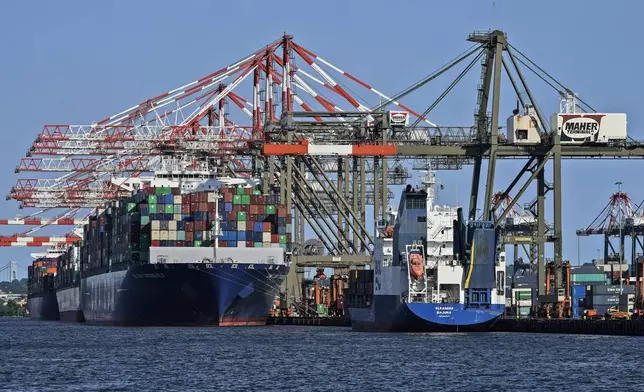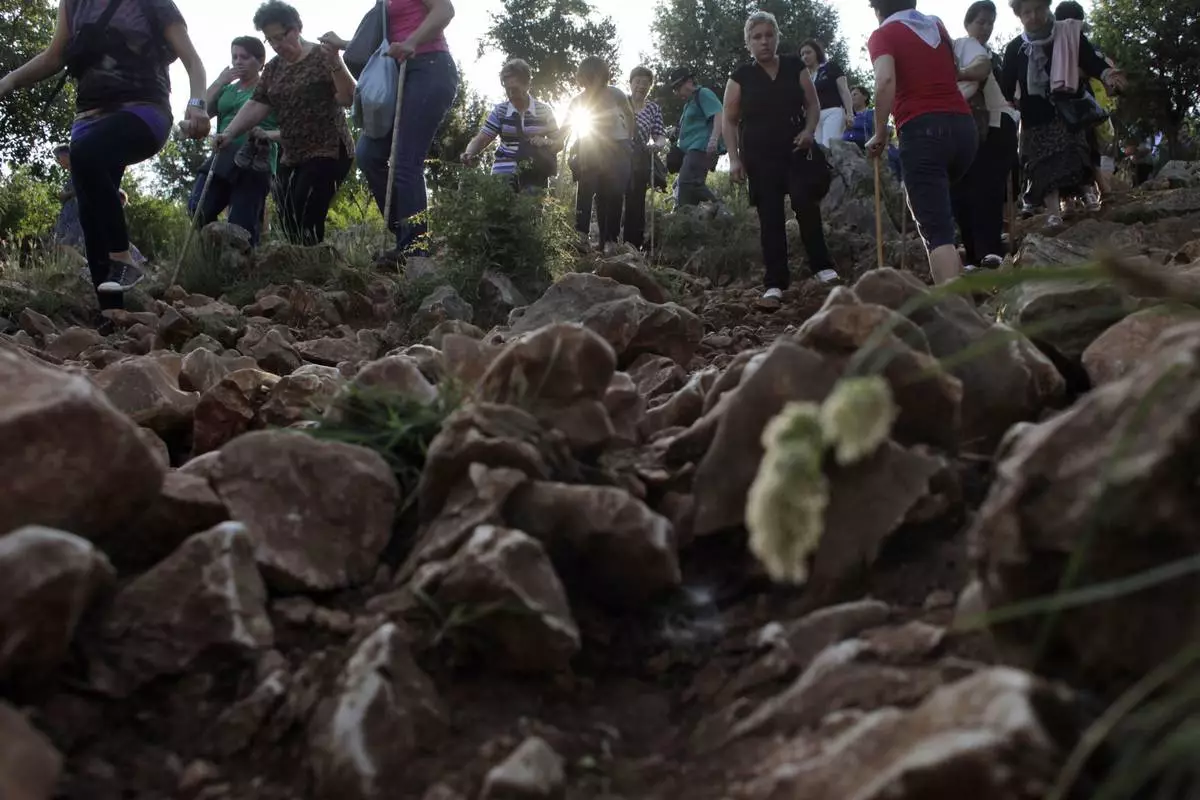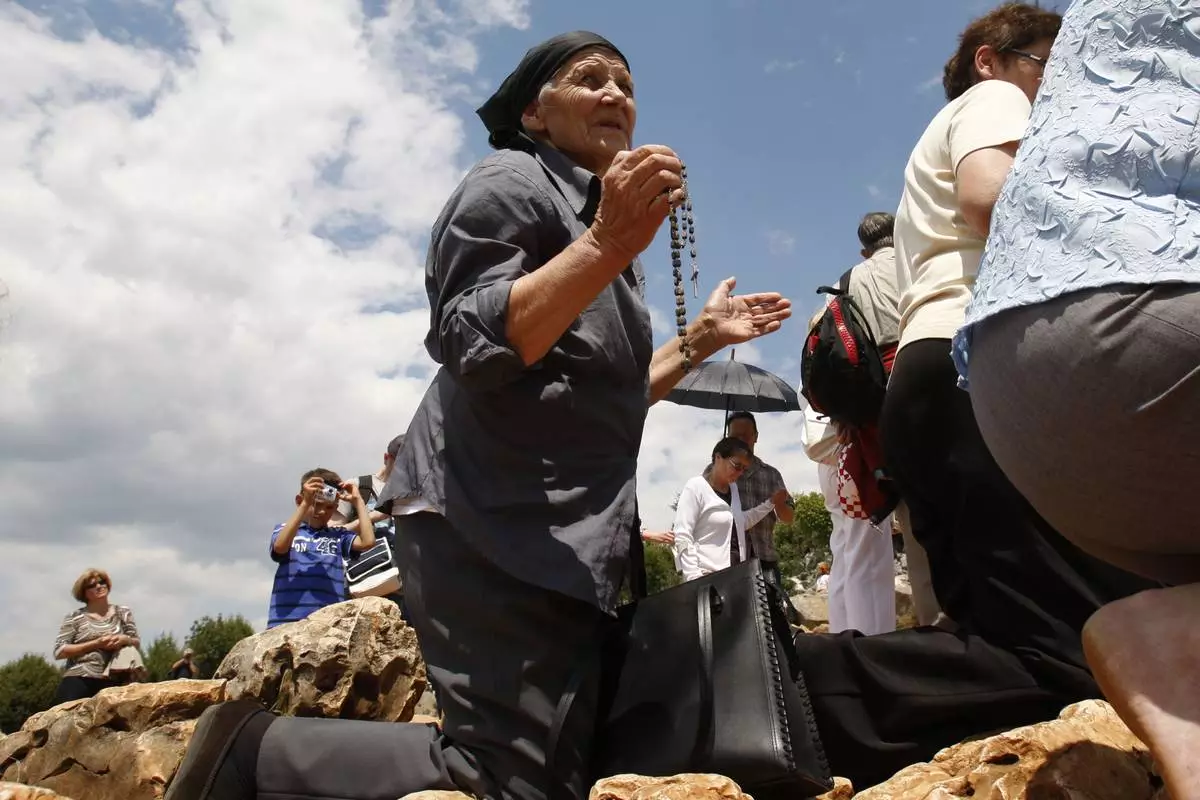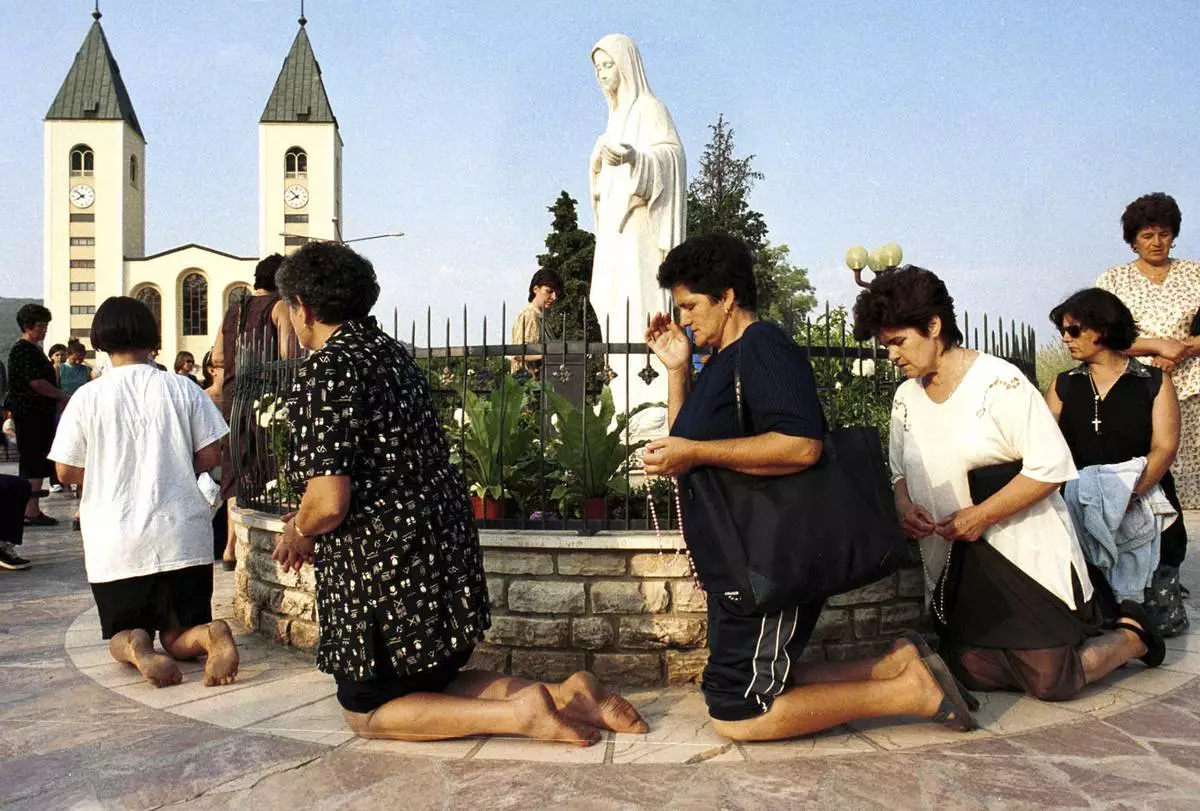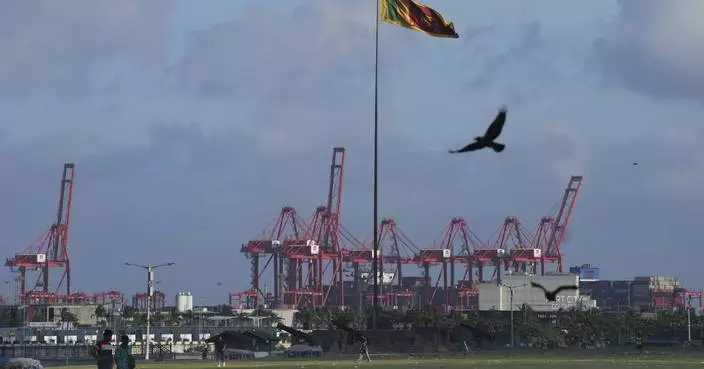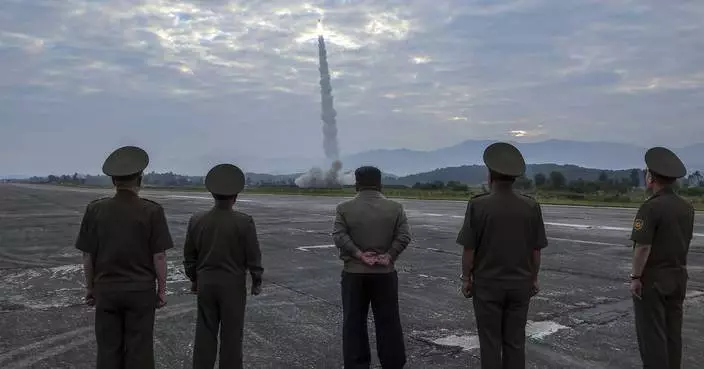Determined to thwart the automating of their jobs, about 45,000 dockworkers along the U.S. East and Gulf Coasts are threatening to strike on Oct. 1, a move that would shut down ports that handle about half the nation's cargo from ships.
The International Longshoremen's Union is demanding significantly higher wages and a total ban on the automation of cranes, gates and container movements that are used in the loading or loading of freight at 36 U.S. ports. Whenever and however the dispute is resolved, it's likely to affect how freight moves in and out of the United States for years to come.
If a strike were resolved within a few weeks, consumers probably wouldn't notice any major shortages of retail goods. But a strike that persists for more than a month would likely cause a shortage of some consumer products, although most holiday retail goods have already arrived from overseas.
A prolonged strike would almost certainly hurt the U.S. economy. Even a brief strike would cause disruptions. Heavier vehicular traffic would be likely at key points around the country as cargo was diverted to West Coast ports, where workers belong to a different union not involved in the strike. And once the longshoremen’s union eventually returned to work, a ship backlog would likely result. For every day of a port strike, experts say it takes four to six days to clear it up.
“I think everyone's a bit nervous about it,” said Mia Ginter, director of North America ocean shipping for C.H. Robinson, a logistics firm. "The rhetoric this time with the ILA is at a level we haven’t seen before.”
The longshoremen’s union and the United States Maritime Alliance, which represents the ports, haven't met to negotiate since June, when the union said it suspended national talks to first complete local port agreements. No further national contract talks have been scheduled.
Harold Daggett, the union president, warned earlier this month that the longshoremen stood ready to strike once their contract expires on Sept. 30.
“We are very far apart,” Daggett said. "Mark my words, we'll shut them down Oct. 1 if we don't get the kind of wages we deserve.”
Top-scale port workers now earn a base pay of $39 an hour, or just over $81,000 a year. But with overtime and other benefits, some can make in excess of $200,000 annually. Neither the union nor the ports would discuss pay levels. But a 2019-2020 report by the Waterfront Commission, which oversees New York Harbor, said about a third of the longshoremen based there made $200,000 or more.
Daggett contends, though, that higher-paid longshoremen work up to 100 hours a week, most of it overtime, and sacrifice much of their family time in doing so.
The Maritime Alliance has said it's committed to resuming talks and avoiding the first national longshoremen's strike since 1977. It has accused the union of having already decided in advance to walk off the job.
“We need to sit down and negotiate a new agreement that avoids an unnecessary and costly strike that will be detrimental to both sides," the alliance said in a statement.
In the case of a short-lived strike, industry experts say consumers wouldn't likely notice shortages of store goods during the holiday shopping season. Most retailers had goods transported ahead of the usual pre-holiday shipping season, and they're already stored in warehouses.
Imports to ports are up 10% this year over 2023 on the East Coast and 20% on the West Coast, indicating that some freight was shipped in anticipation of a strike, said Ben Nolan, a transportation analyst with Stifel.
The longshoreman's union, Nolan suggested, commands some leverage going into a presidential election, with memories still fresh of jammed ports and clogged supply chains that followed the pandemic recession. Unions also have drawn support this year from political candidates who have been courting the labor vote.
“If ever there was a time that labor can get what they want," Nolan said, “it's right now.”
If a strike were to extend beyond a month or so, spot shortages of goods could develop. Some manufacturers could run short of parts, notably in the auto and pharmaceutical industries, which generally don't stock large parts inventories. Exports of autos and other goods that move through the East Coast also could be affected.
Analysts say the union's initial demands included a 77% pay raise over the course of a six-year contract. Daggett, the union president, said sizable pay raises would make up for the inflation spike of the past few years. He said the union members expect to be waging their biggest fight — against the automation of job functions at ports — well into the future.
“We do not believe that robotics should take over a human being’s job,” he said.
At the huge Port of Rotterdam, one of the world's most automated ports, union workers pushed for early-retirement packages and work-time reductions as a means to preserve jobs. And in the end, mechanization didn't cause significant job losses, a researcher from Erasmus University in the Netherlands found.
U.S. ports trail their counterparts in Asia and Europe in the use of automation. Analysts note that most U.S. ports take longer to unload container ships than do those in Asia and Europe and suggest that without more automation, they could become even less competitive. Shippers might send more cargo to Mexican or Canadian ports and then on to the U.S. by rail or truck, said Eleftherios Iakovou, associate director of supply chain resilience at Texas A&M University.
In the meantime, if there is a strike, analysts say West Coast ports could pick up at least some additional freight that might be diverted from Eastern ports, especially from Asia. But they couldn't handle it all. Neither could the U.S. rail system.
“The East Coast has grown a lot,” Nolan said. “There's just no way to get around it.”
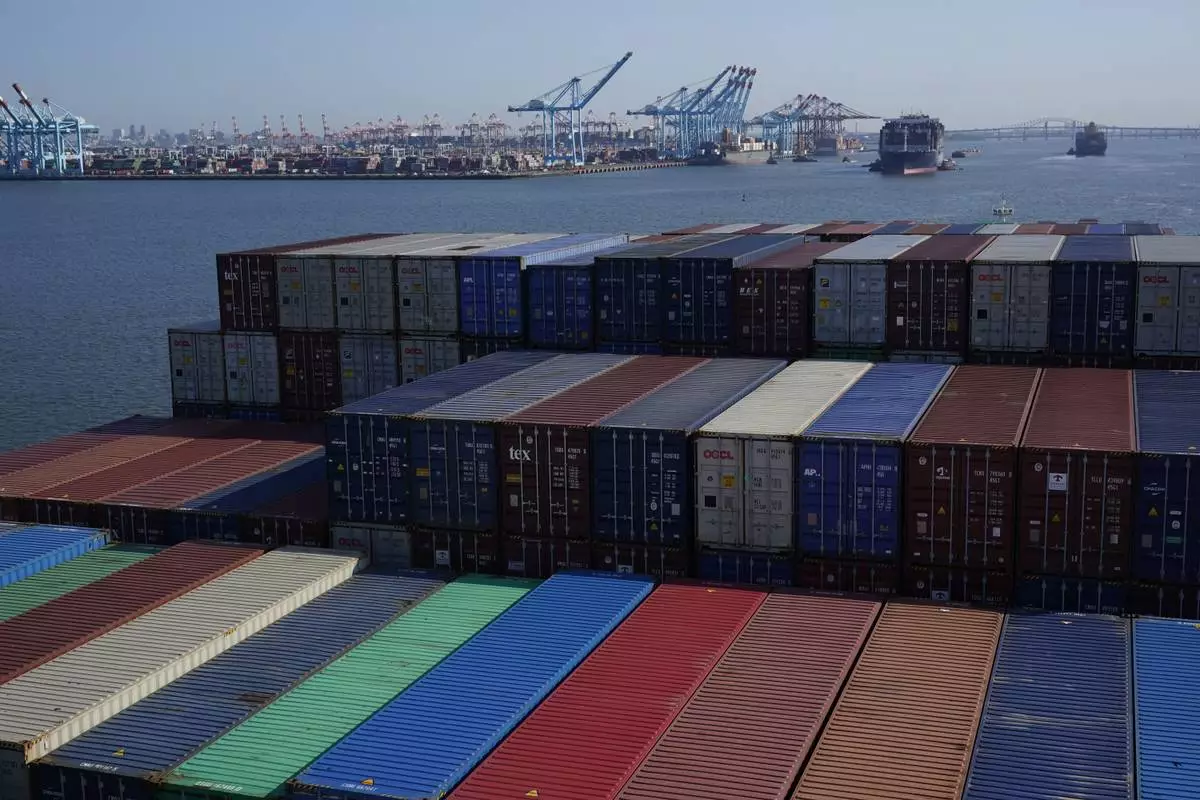
FILE - A container ship makes it way toward the Port of New York and New Jersey in Elizabeth, N.J., on June 30, 2021. (AP Photo/Seth Wenig, File)

FILE - Container ships are docked at the Port of New York and New Jersey in Elizabeth, N.J., on May 20, 2021. (AP Photo/Seth Wenig, File)
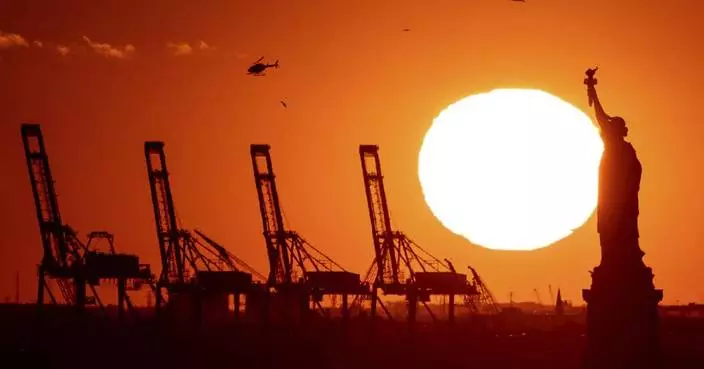
Longshoremen at key US ports threatening to strike over automation and pay
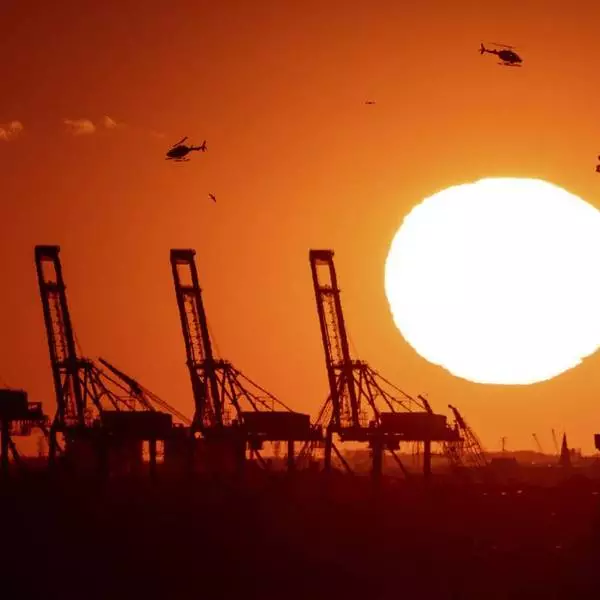
Longshoremen at key US ports threatening to strike over automation and pay
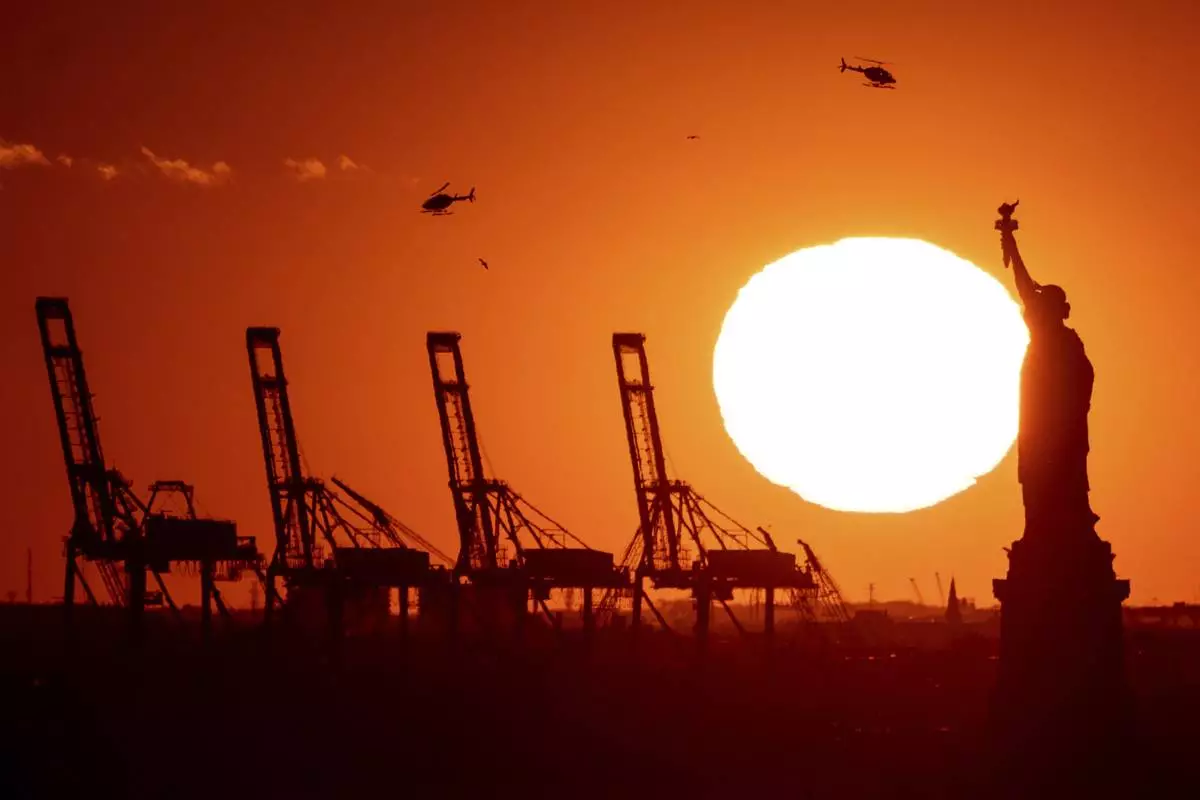
FILE - Cranes at the Port of New York and New Jersey appear behind the Statue of Liberty, Nov. 20, 2022, in a photo taken from New York. (AP Photo/Julia Nikhinson, File)




